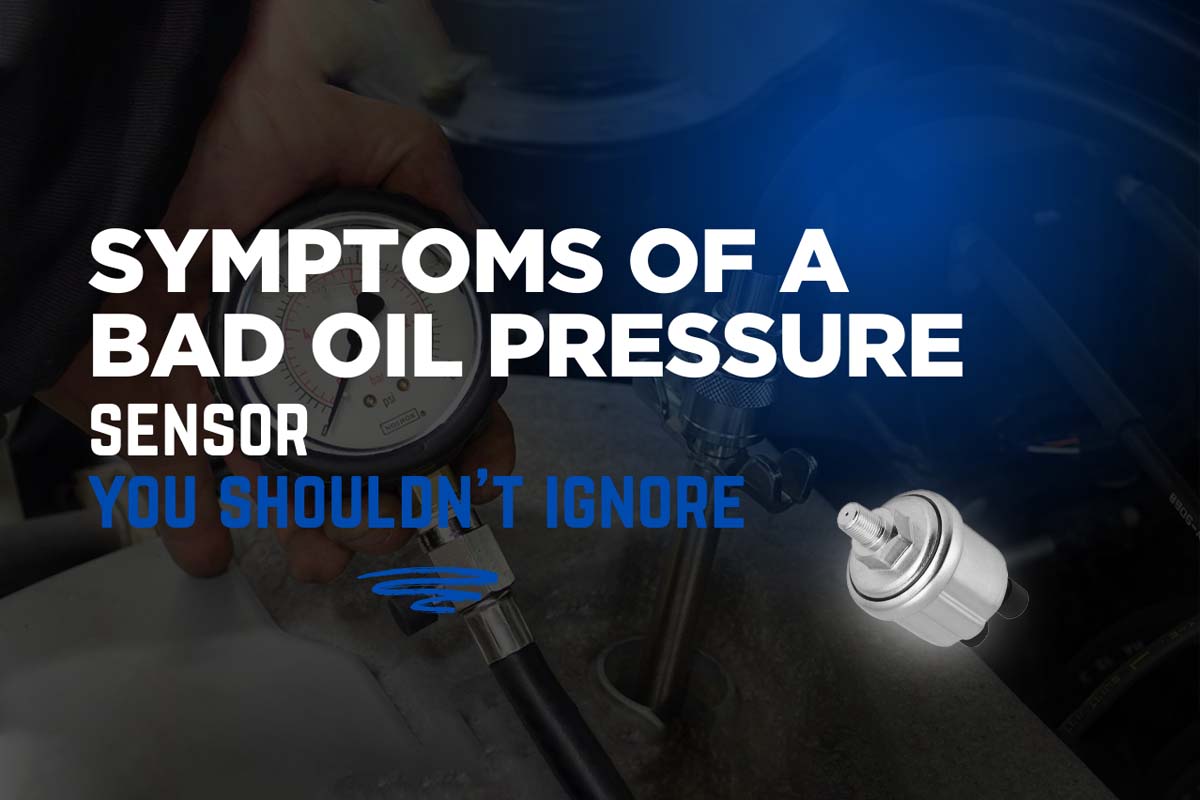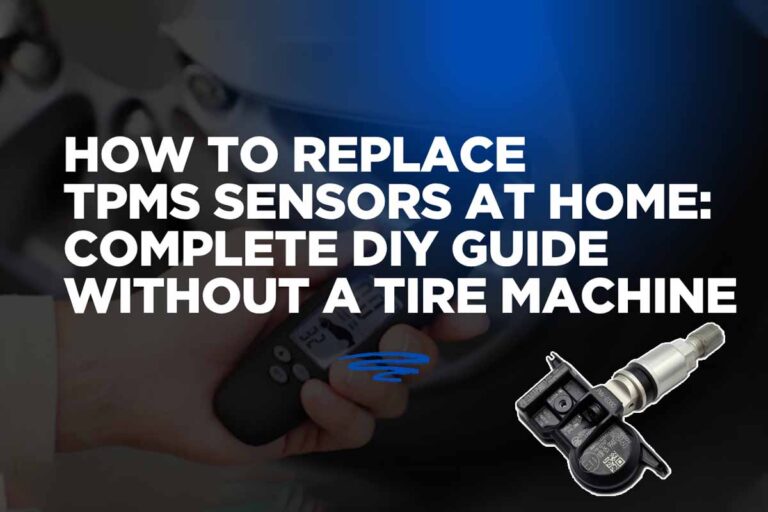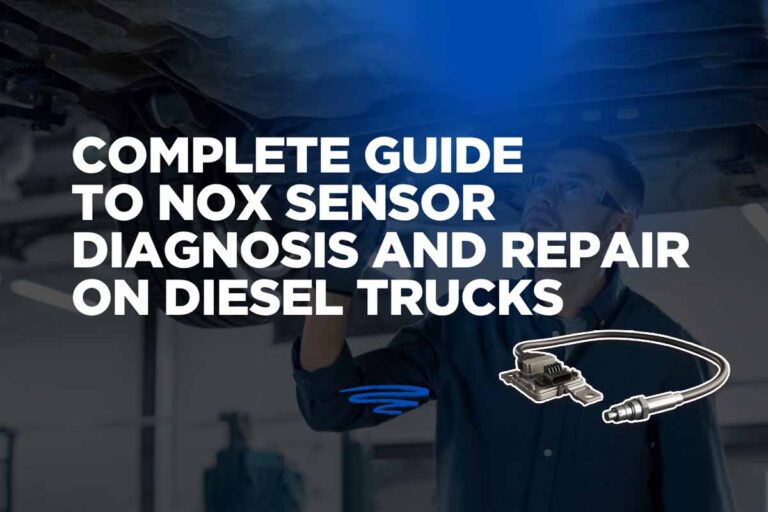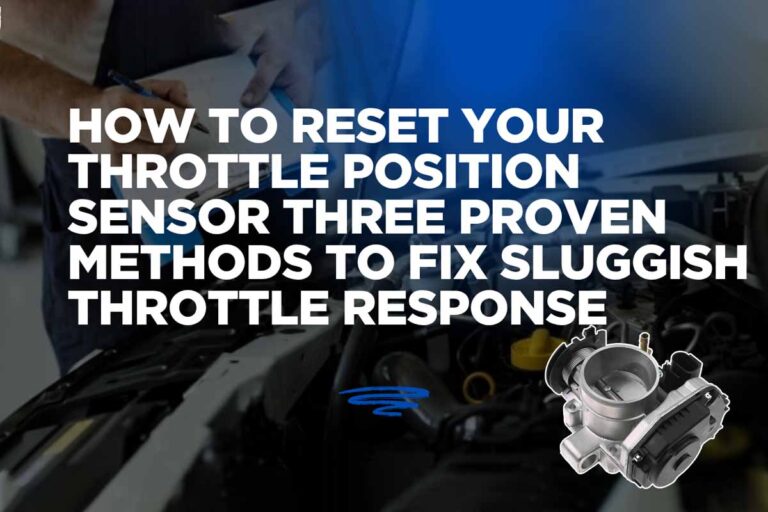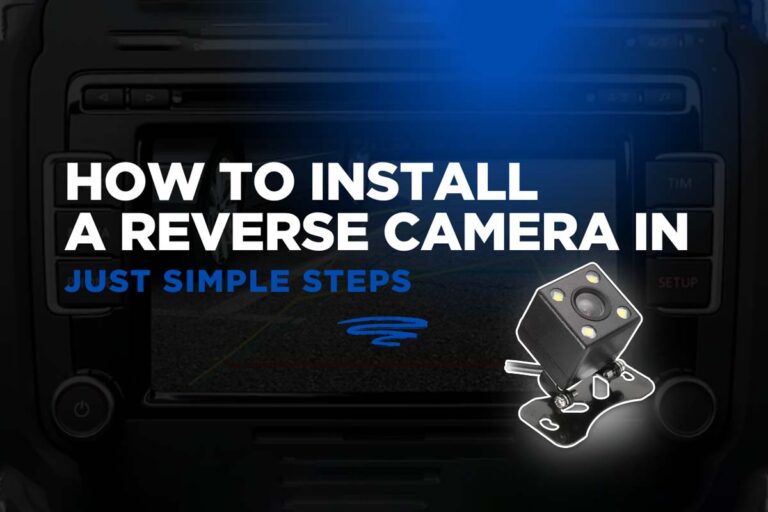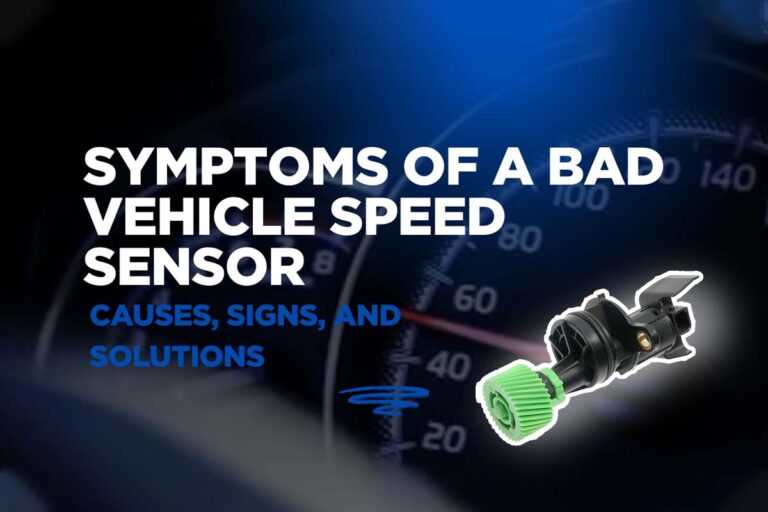Symptoms of a Bad Oil Pressure Sensor You Shouldn’t Ignore
Your car’s oil pressure sensor might be a small component, but it plays a massive role in keeping your engine safe. It keeps tabs on the oil pressure inside the engine and sends that data to your car’s computer and dashboard. When this sensor fails, it can trigger misleading alerts—or worse, leave you unaware of a real problem. Let’s explore the most common symptoms of a bad oil pressure sensor and why you should never ignore them.
What is Tha Oil Pressure Sensor
The oil pressure sensor is a vital component in your vehicle’s engine system, designed to monitor the oil pressure and ensure the engine is properly lubricated. It works by measuring the resistance to oil flow and sending this information to the vehicle’s ECU (engine control unit). If the oil pressure falls outside the safe range, the sensor triggers a warning light on the dashboard, alerting the driver to potential issues. This helps prevent serious engine damage, as both low and high oil pressure can lead to overheating, excessive wear, or even engine failure. By keeping track of oil pressure, the sensor ensures the engine operates smoothly and efficiently.
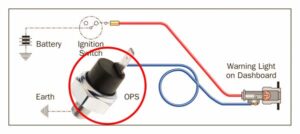
What Does an Oil Pressure Sensor Do?
Before diving into the symptoms, it’s good to understand the role of the oil pressure sensor. This device monitors the oil pressure in your engine. It helps ensure that all moving parts are well-lubricated to reduce friction, prevent overheating, and extend engine life. If oil pressure drops dangerously low or becomes too high, the sensor alerts you usually through a warning light or a gauge on your dashboard.
When the sensor malfunctions, it can’t report accurate readings, which can mislead you into thinking something’s wrong or worse, nothing is.
Why the Illuminated Oil Pressure Warning Light
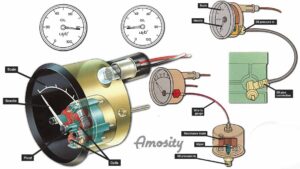
Why does the oil pressure warning light come on?
The illuminated oil pressure warning light on your dashboard is a crucial alert system in your vehicle. When this light comes on, it indicates that the oil pressure in your engine is either too low or too high, both of which can cause serious damage if not addressed promptly. Low oil pressure means that the engine’s oil isn’t circulating properly, potentially leading to poor lubrication, increased friction, and overheating. High oil pressure, on the other hand, may suggest an issue with the oil pump or other components in the oil system. If the oil pressure sensor is malfunctioning, it can also trigger this warning light even when the oil pressure is within normal limits. In any case, if the oil pressure warning light appears, it’s essential to
How to Test the Oil Pressure Sensor
If you suspect your sensor is faulty, there are two main ways to confirm it:
- Manual Oil Pressure Test: Use a mechanical oil pressure gauge to measure real-time engine pressure. Compare it to the manufacturer’s specifications.
- Electrical Test: Check the sensor’s signal using a multimeter. Compare its resistance output against correct values found in your repair manual.
5 Signs Your Oil Pressure Sensor is Failing and How to Fix It
Illuminated Oil Pressure Warning Light
A common sign of a faulty oil pressure sensor is the illumination of the oil pressure warning light on the dashboard, indicating that the engine’s oil pressure is too high or too low, even if the oil levels are correct.
Solution
If the warning light comes on, the first step is to verify the actual oil pressure using an oil pressure gauge. If the readings are normal, it likely indicates a faulty sensor, and the sensor should be replaced. If the oil pressure is low or high, check the oil levels and consult a mechanic to address the underlying issue.
Erratic or Incorrect Oil Pressure Gauge Readings
If the oil pressure gauge shows unusual or fluctuating readings, such as reading zero pressure while idling or displaying maximum pressure when revving the engine, the sensor may be faulty.
Solution
If the oil pressure gauge displays fluctuating or incorrect readings, it’s a good idea to replace the faulty sensor. The new sensor will provide accurate readings and restore the proper functionality of the gauge.
Check Engine Light (CEL)
A bad oil pressure sensor can trigger the check engine light, often accompanied by a trouble code in the vehicle’s system. This occurs due to electrical issues or communication problems between the sensor and the ECU.
Solution
If the check engine light is on and the code relates to a bad oil pressure sensor (such as P0520), the solution is to replace the faulty sensor. A diagnostic scanner can help identify the specific issue and guide the replacement process.
Oil Leaks Around the Sensor
A damaged or faulty oil pressure sensor can develop leaks, causing oil to drip from the sensor area. This can lead to a low oil level, affecting engine lubrication.
Solution
If oil is leaking from the sensor area, the sensor may need to be replaced. Make sure to check for oil around the sensor and repair any leaks. Additionally, inspect the sensor’s connector for oil traces, which could indicate a need for replacement.
Unusual Engine Noises
Incorrect oil pressure readings from a failing sensor can cause engine components to be under- or over-lubricated, leading to abnormal noises such as knocking or ticking from the engine, signaling potential damage.
Solution
Unusual engine noises, such as knocking or ticking, can result from incorrect oil pressure readings. If the oil pressure sensor is faulty, replacing it should resolve the issue. If the engine is already making these noises, it is important to check the oil level and pressure and ensure the engine is properly lubricated.
Can You Drive With a Bad Oil Pressure Sensor?
Technically, yes but it’s not safe. If the sensor fails and the oil pressure really drops for any reason, you’ll have no warning. That means your engine could run without enough lubrication, risking serious and irreversible damage.
It’s not worth the risk, especially since the fix is quick and affordable.
Replacement Cost
Replacing an oil pressure sensor is usually inexpensive
| Item | Estimated Cost |
|---|---|
| Sensor Part Cost | $20 – $50 |
| Labor (if done by a mechanic) | $50 – $100 |
In most cases, the job takes less than an hour and can be done with basic tools if you’re handy. Just unplug the connector, unscrew the old sensor, screw in the new one, and reconnect the wiring.
Conclusion
The oil pressure sensor may be small, but its job is huge. If it fails, you risk engine damage, or at the very least, driving blind to a serious problem. Recognize these symptoms early and take action immediately. Whether it’s a simple warning light or a puddle of oil, staying on top of this issue can save you from a costly engine rebuild later on.
If you found this article helpful, share it with fellow drivers, and keep your car running smooth and safe!
